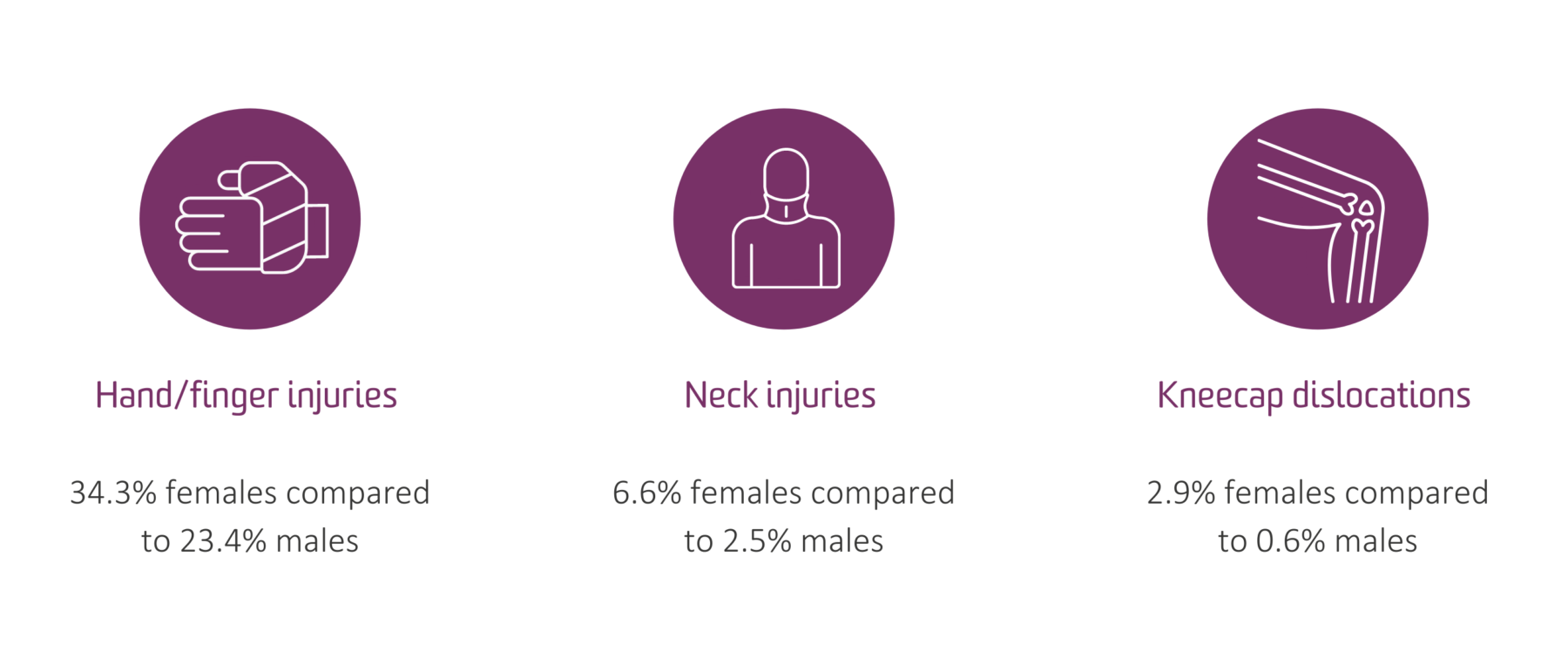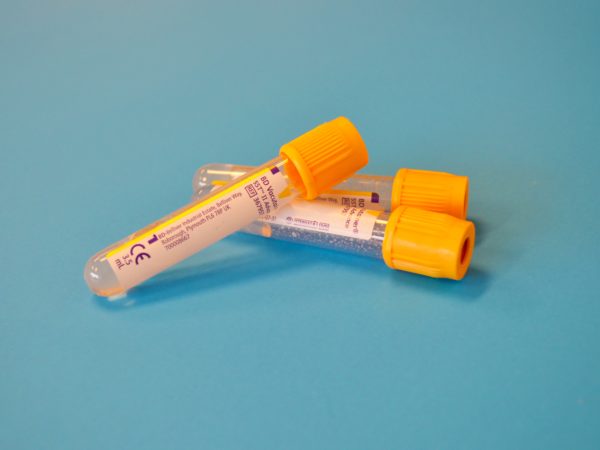This new study is the first of its kind to directly compare football injuries in community-level players.
Traditionally, AFL has been a male dominated sport and research has focused on male participants. However, female participation in the sport has increased substantially in recent years. In 2019, almost 60,000 females played Australian Football, making up almost one-third of participants.
A new study by Dr Stephen Gill and his team is the first of its kind to directly compare football injuries in community-level players.
Dr Stephen Gill is a member of the Molecular Medicine team and a Research Fellow with the Barwon Centre for Orthopaedic Research and Education (B-CORE). Dr Gill also continues to work as a senior clinician physiotherapist in Barwon Health’s Emergency Department and Orthopaedic Outpatient Service.
“Given the increasing number of female footy players, it’s important that we understand the risks involved,” Dr Gill said.
“Most research to-date has focused on men, so together with the Australian Football League (AFL), we’ve taken a much closer look at the injuries sustained by female players compared to male players.”
The study of more than 1600 Australian Footballers who attended emergency departments in South West Victoria between January and October 2019 found female players experienced more hand/finger and neck injuries and kneecap dislocations, while male players endured more shoulder and trunk injuries and skin lacerations.
The study involved patients aged 4 to 55 years, of which 242 (14.8%) were female players, who attended one of the 10 participating emergency departments.
The results revealed that:
- female players had a higher proportion of hand/finger injuries (34.3% v 23.4%), neck injuries (6.6% v 2.5%) and patella dislocations (2.9% v 0.6%)
- male players experienced a higher proportion of shoulder injuries (11.5% v 5.8%), skin lacerations (8.0% v 1.7%), and thorax/abdominal/pelvic injuries (5.7% v 2.1%)
- anterior cruciate ligament (ACL) injuries were infrequent (1.0%) and not significantly different between genders (2.1% v 0.9%)
- female players received more imaging investigations, such as x-rays and CT scans, (83.1% v 74.7%) and analgesia (62.4% v 48.5%)
- a higher proportion of male players required admission to hospital (5.0% v 2.1%), usually for surgery
Dr Gill said he was surprised by some of the findings, particularly around concussions and ACL injuries.

“Women have higher rates of concussion than men in some sports, so we were expecting to see that in this study,” he said.
“Instead we found that concussions were shared almost equally between male players and female players.
“It was a similar story with ACLs, which is a serious knee injury. Women tend to have higher rates of ACL injuries, however we found only a small number of these injuries, and our statistical tests did not find differences between male players and female players.”
With female players and male players suffering different types of injuries, Dr Gill said it is important to now understand why this is and how these injuries might be prevented.
“For example, do female players try and mark the football differently to male players which explains the higher number of hand and finger injuries?” he said.
“If we can figure this out, then we can implement targeted, gender-specific injury prevention programs.”
Dr Stephen Gill is a Senior Research Fellow at Deakin University.
Curious? Dive into the 7NEWS coverage of Dr Gill’s research.
The results of the study are reported in the Journal of Science and Medicine in Sport paper Gender differences in female and male Australian Football injuries – A prospective observational study of emergency department presentations.




